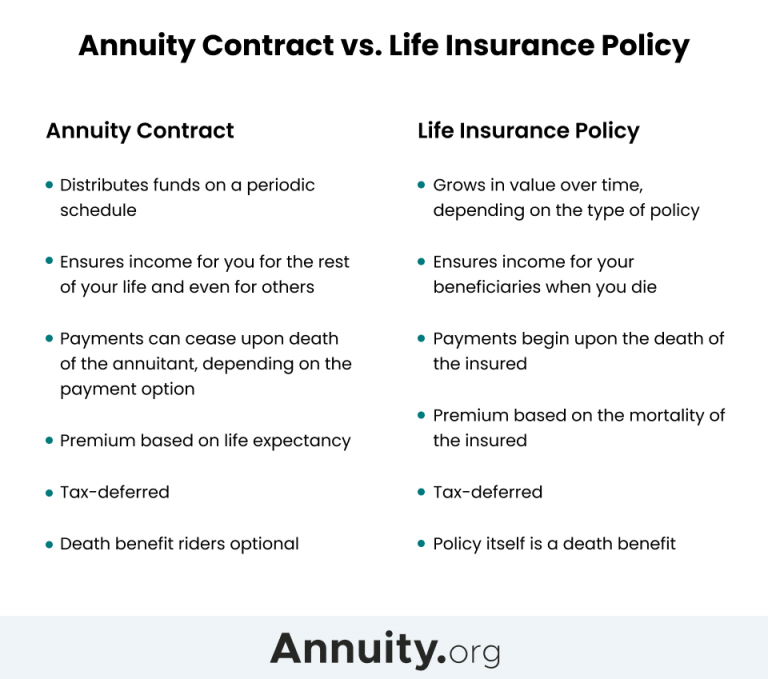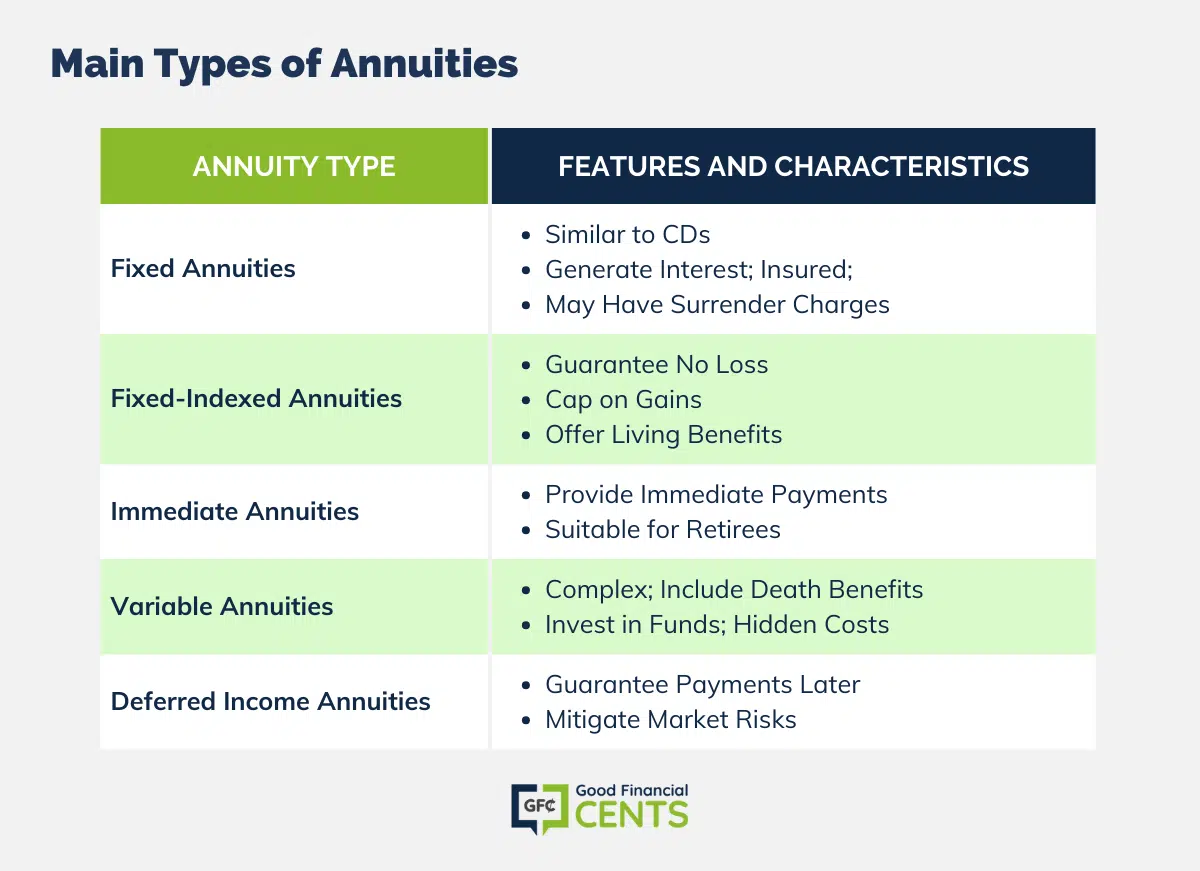Featured
Table of Contents
The repayment might be invested for growth for a long duration of timea single premium delayed annuityor invested momentarily, after which payout beginsa single costs prompt annuity. Single premium annuities are frequently moneyed by rollovers or from the sale of a valued asset. A flexible premium annuity is an annuity that is planned to be moneyed by a collection of payments.
Owners of taken care of annuities recognize at the time of their purchase what the worth of the future capital will certainly be that are generated by the annuity. Certainly, the number of capital can not be recognized in advance (as this depends upon the agreement proprietor's lifespan), yet the guaranteed, taken care of rates of interest a minimum of provides the owner some degree of certainty of future income from the annuity.
While this difference appears basic and straightforward, it can significantly influence the value that a contract owner ultimately derives from his/her annuity, and it develops significant uncertainty for the agreement owner - Variable annuity fees and expenses. It likewise commonly has a material influence on the degree of fees that a contract proprietor pays to the issuing insurer
Fixed annuities are usually made use of by older financiers who have actually restricted assets yet that intend to counter the threat of outlasting their properties. Set annuities can work as an efficient tool for this function, though not without particular downsides. In the instance of instant annuities, once an agreement has actually been purchased, the contract proprietor gives up any and all control over the annuity possessions.
Decoding How Investment Plans Work Everything You Need to Know About Financial Strategies Defining the Right Financial Strategy Benefits of Choosing the Right Financial Plan Why Choosing the Right Financial Strategy Is Worth Considering Fixed Vs Variable Annuity Pros Cons: Explained in Detail Key Differences Between Different Financial Strategies Understanding the Rewards of Fixed Annuity Vs Variable Annuity Who Should Consider Fixed Income Annuity Vs Variable Growth Annuity? Tips for Choosing the Best Investment Strategy FAQs About Fixed Index Annuity Vs Variable Annuity Common Mistakes to Avoid When Planning Your Retirement Financial Planning Simplified: Understanding Fixed Income Annuity Vs Variable Growth Annuity A Beginner’s Guide to Smart Investment Decisions A Closer Look at What Is Variable Annuity Vs Fixed Annuity
An agreement with a typical 10-year abandonment period would charge a 10% surrender cost if the agreement was given up in the first year, a 9% surrender charge in the 2nd year, and so on up until the abandonment fee reaches 0% in the agreement's 11th year. Some postponed annuity agreements contain language that permits little withdrawals to be made at various intervals during the abandonment duration scot-free, though these allowances generally come at a cost in the kind of reduced guaranteed passion prices.
Just as with a dealt with annuity, the owner of a variable annuity pays an insurance provider a lump sum or collection of payments in exchange for the guarantee of a collection of future repayments in return. As pointed out above, while a repaired annuity expands at an assured, consistent rate, a variable annuity grows at a variable price that depends upon the efficiency of the underlying investments, called sub-accounts.
During the build-up stage, assets invested in variable annuity sub-accounts expand on a tax-deferred basis and are exhausted just when the contract proprietor withdraws those earnings from the account. After the build-up stage comes the revenue stage. Gradually, variable annuity possessions should theoretically boost in worth up until the contract proprietor determines he or she would love to begin withdrawing cash from the account.
The most significant concern that variable annuities generally present is high expense. Variable annuities have numerous layers of charges and costs that can, in aggregate, develop a drag of up to 3-4% of the agreement's value each year.
M&E expense charges are computed as a portion of the contract worth Annuity issuers hand down recordkeeping and various other administrative expenses to the agreement proprietor. This can be in the kind of a level annual cost or a percent of the contract value. Administrative charges might be included as component of the M&E danger charge or may be evaluated individually.
These fees can vary from 0.1% for easy funds to 1.5% or even more for proactively taken care of funds. Annuity agreements can be customized in a number of methods to offer the certain demands of the agreement proprietor. Some typical variable annuity motorcyclists include guaranteed minimal buildup benefit (GMAB), guaranteed minimum withdrawal advantage (GMWB), and assured minimum income advantage (GMIB).
Understanding Fixed Interest Annuity Vs Variable Investment Annuity Everything You Need to Know About Financial Strategies Defining the Right Financial Strategy Pros and Cons of Various Financial Options Why Choosing the Right Financial Strategy Matters for Retirement Planning Variable Annuity Vs Fixed Annuity: A Complete Overview Key Differences Between Different Financial Strategies Understanding the Risks of Long-Term Investments Who Should Consider Fixed Index Annuity Vs Variable Annuity? Tips for Choosing Fixed Vs Variable Annuity FAQs About Planning Your Financial Future Common Mistakes to Avoid When Planning Your Retirement Financial Planning Simplified: Understanding Fixed Vs Variable Annuity Pros Cons A Beginner’s Guide to Tax Benefits Of Fixed Vs Variable Annuities A Closer Look at How to Build a Retirement Plan
Variable annuity payments provide no such tax deduction. Variable annuities often tend to be highly inefficient vehicles for passing riches to the following generation because they do not enjoy a cost-basis modification when the original agreement proprietor dies. When the proprietor of a taxable financial investment account passes away, the cost bases of the financial investments kept in the account are adapted to mirror the market costs of those investments at the time of the proprietor's death.
Beneficiaries can acquire a taxed financial investment profile with a "clean slate" from a tax obligation perspective. Such is not the situation with variable annuities. Investments held within a variable annuity do not obtain a cost-basis adjustment when the initial proprietor of the annuity dies. This suggests that any type of collected latent gains will be passed on to the annuity proprietor's beneficiaries, along with the connected tax worry.

One significant problem associated with variable annuities is the capacity for conflicts of passion that might feed on the part of annuity salespeople. Unlike an economic advisor, who has a fiduciary task to make financial investment choices that benefit the customer, an insurance coverage broker has no such fiduciary responsibility. Annuity sales are extremely rewarding for the insurance experts that offer them due to high in advance sales commissions.
Many variable annuity agreements include language which positions a cap on the percent of gain that can be experienced by specific sub-accounts. These caps protect against the annuity owner from completely taking part in a part of gains that can otherwise be appreciated in years in which markets create considerable returns. From an outsider's perspective, it would seem that financiers are trading a cap on financial investment returns for the previously mentioned guaranteed flooring on financial investment returns.
Highlighting Fixed Vs Variable Annuities Key Insights on Your Financial Future What Is the Best Retirement Option? Advantages and Disadvantages of Immediate Fixed Annuity Vs Variable Annuity Why Variable Annuity Vs Fixed Indexed Annuity Matters for Retirement Planning Fixed Index Annuity Vs Variable Annuity: A Complete Overview Key Differences Between Different Financial Strategies Understanding the Key Features of Fixed Interest Annuity Vs Variable Investment Annuity Who Should Consider Choosing Between Fixed Annuity And Variable Annuity? Tips for Choosing What Is Variable Annuity Vs Fixed Annuity FAQs About Planning Your Financial Future Common Mistakes to Avoid When Choosing Fixed Vs Variable Annuity Pros And Cons Financial Planning Simplified: Understanding Your Options A Beginner’s Guide to Smart Investment Decisions A Closer Look at How to Build a Retirement Plan
As kept in mind over, surrender costs can badly limit an annuity owner's capability to move properties out of an annuity in the early years of the contract. Further, while a lot of variable annuities enable agreement proprietors to take out a specified amount during the buildup phase, withdrawals yet amount generally result in a company-imposed fee.
Withdrawals made from a fixed rate of interest price financial investment alternative might additionally experience a "market price change" or MVA. An MVA changes the value of the withdrawal to reflect any type of changes in rate of interest from the time that the cash was bought the fixed-rate option to the time that it was taken out.

Frequently, even the salesmen who sell them do not totally recognize exactly how they function, therefore salespeople sometimes exploit a buyer's emotions to sell variable annuities as opposed to the advantages and suitability of the products themselves. Our team believe that capitalists should completely recognize what they have and just how much they are paying to own it.
Nonetheless, the same can not be said for variable annuity assets held in fixed-rate financial investments. These properties lawfully belong to the insurance provider and would for that reason go to threat if the business were to stop working. Any type of warranties that the insurance company has agreed to give, such as a guaranteed minimum revenue advantage, would be in question in the occasion of a company failure.
Decoding How Investment Plans Work A Comprehensive Guide to Investment Choices Breaking Down the Basics of Investment Plans Features of Fixed Vs Variable Annuity Pros Cons Why Choosing the Right Financial Strategy Can Impact Your Future Variable Vs Fixed Annuity: Explained in Detail Key Differences Between Variable Annuity Vs Fixed Indexed Annuity Understanding the Rewards of Fixed Index Annuity Vs Variable Annuities Who Should Consider Strategic Financial Planning? Tips for Choosing the Best Investment Strategy FAQs About Planning Your Financial Future Common Mistakes to Avoid When Planning Your Retirement Financial Planning Simplified: Understanding Your Options A Beginner’s Guide to Smart Investment Decisions A Closer Look at How to Build a Retirement Plan
Potential buyers of variable annuities ought to understand and consider the economic problem of the providing insurance policy business prior to entering into an annuity contract. While the advantages and downsides of numerous types of annuities can be debated, the real concern surrounding annuities is that of viability.
Nevertheless, as the stating goes: "Customer beware!" This post is prepared by Pekin Hardy Strauss, Inc. ("Pekin Hardy," dba Pekin Hardy Strauss Wealth Monitoring) for informational functions just and is not meant as a deal or solicitation for service. The info and information in this post does not constitute legal, tax, audit, financial investment, or various other professional advice.
Table of Contents
Latest Posts
Decoding Fixed Vs Variable Annuity Pros Cons Everything You Need to Know About Deferred Annuity Vs Variable Annuity Breaking Down the Basics of Fixed Vs Variable Annuity Pros Cons Pros and Cons of Ind
Breaking Down Variable Annuities Vs Fixed Annuities Key Insights on Annuities Variable Vs Fixed What Is Annuity Fixed Vs Variable? Pros and Cons of Various Financial Options Why Choosing Between Fixed
Highlighting the Key Features of Long-Term Investments Key Insights on Deferred Annuity Vs Variable Annuity Defining the Right Financial Strategy Pros and Cons of Fixed Annuity Vs Variable Annuity Why
More
Latest Posts